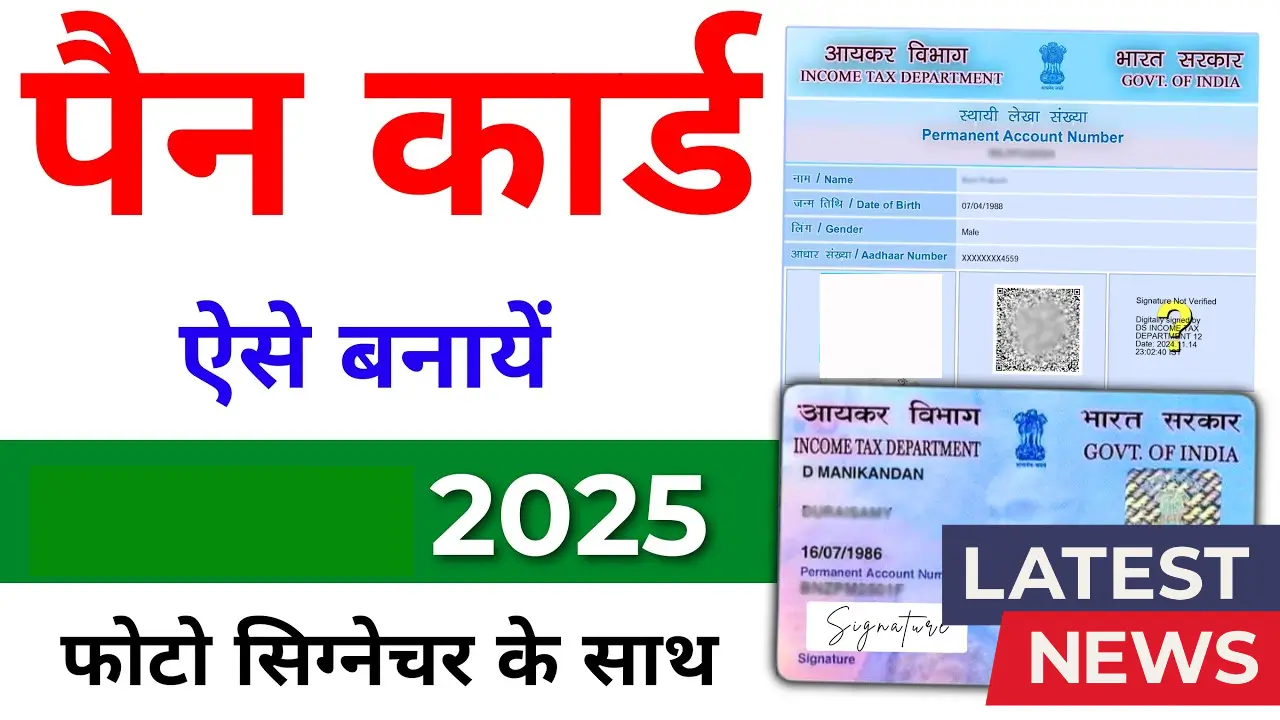Civil Hospital Nawanshahr, now housed in its recently built facility at Barnala Kalan on Nawanshahr-Chandigarh road, stands as one of the most significant government health institutions in Shaheed Bhagat Singh Nagar District, Punjab. It has been the backbone of accessible healthcare for Nawanshahr city and surrounding rural areas for decades, continuously evolving to meet the medical needs and expectations of its population.
Table of Contents
- Introduction and Historical Background
- Infrastructure and Location
- Healthcare Services and Specializations
- Recent Developments and Upgrades
- Operational Details and Patient Facilities
- Accessibility and Amenities
- Collaborations and Public Health Initiatives
- Key Challenges and Improvements
- Future Plans and Upcoming Projects
- Comparative Table: Civil Hospital vs. Other Local Hospitals
Introduction and Historical Background
Civil Hospital Nawanshahr traces its legacy to the period when Nawanshahr was established as a district in 1995. The hospital has played a pivotal role in delivering secondary-level care, emergency medical interventions, and maternity services to communities that previously had limited access to specialized medical facilities.
The gradual economic growth in the region, largely driven by remittances from overseas Punjabis, has enabled the district to invest in public amenities, including healthcare. Over the years, Civil Hospital Nawanshahr has expanded both its capacity and expertise to align with the area’s population boom and increasing health demands.
Infrastructure and Location
The hospital was relocated to a new, modern building at Barnala Kalan, Nawanshahr-Chandigarh Road, marking a significant transformation in terms of capacity and facilities. This new address provides improved access for both urban and rural patients. The latest construction, completed after several delays, transitioned the hospital into a 100-bed facility—double the capacity compared to the previous premises.
Facilities at a Glance
- Address: 4584+P45, Punjab 144514, India
- Phone: +91 182 329 8018
- Total Beds: 100
- Operating Hours: 24/7 (all days)
- Accessibility: Wheelchair-friendly entrance, parking, and restrooms
- Key Infrastructure: Four operation theatres, blood bank (now on-site), fire hydrant system, opioid substitution treatment centre
This expansion was designed to keep pace with rising demands, including high incidence of road accidents and growing non-communicable diseases. The administration faced challenges during construction, notably land acquisition and weather-related setbacks, yet successfully established an accessible route directly linking the hospital with the GT Road, facilitating easier access in emergencies.
Healthcare Services and Specializations
Civil Hospital Nawanshahr offers a diverse spectrum of medical services, reflecting both general and specialized care. Here is an overview of key medical specializations currently available:
- Burns Management: Comprehensive acute care for burn victims.
- Cardiology: Diagnosis and management of cardiovascular conditions.
- General Medicine: Outpatient and inpatient treatment for common illnesses.
- Mental Health: Mental Disorders Packages cater to psychological and psychiatric needs.
- Obstetrics & Gynecology: Routine and emergency maternal health services.
- Neonatal & Pediatrics: Neonatal care for premature and ill newborns; pediatric management.
- Orthopaedics: Fracture care and management of bone and joint disorders.
- Plastic & Reconstructive Surgery: Cosmetic and post-traumatic procedures.
- Radiation & Surgical Oncology: Cancer care infrastructure is steadily rising.
- Interventional Neuroradiology: Advanced neurological diagnostics and interventions.
- Urology: Care for urological disorders.
- Opthalmology: Eye care and minor surgeries.
- ENT (Otorhinolaryngology): Ear, nose, and throat care.
Additionally, the hospital supports all major diagnostic and laboratory functions crucial to modern patient management. The recent approval and installation of modern CT scan facilities via public-private partnership highlights its commitment to keeping pace with technological advancements.
Recent Developments and Upgrades
New Building and Expansion
The shift to the new 100-bed building not only increased patient capacity but introduced a host of upgraded facilities. Four operation theatres now function simultaneously, streamlining surgical workflows.
Blood Bank Installation
Historically, patients relied on NGO support or the Banga CHC blood bank, located 15 km away, often delaying critical transfusions. Today, a fully equipped blood bank is available on the premises, enhancing emergency and trauma care.
Specialist Recruitment
After a period of shortages, the hospital now boasts a full-time chest and TB specialist for the first time in three years (as of April 2025), catering to daily footfall of 70–100 patients with chest problems. Efforts to recruit radiologists and orthopaedicians are ongoing, expected to further streamline diagnostics and surgical interventions.
Round-the-Clock Services and Emergency Preparedness
The hospital is mandated to maintain 24×7 oxygen supply and uninterruptible power backup for critical care units, ensuring seamless life-saving interventions during emergencies. The Health Minister regularly inspects the facility, emphasizing buffer stocks of medicines and instant accessibility for all patients.
CT Scan Facility
A landmark development is the availability of CT scanning, made possible via collaborative public-private partnership, significantly advancing diagnostic accuracy and timely decision-making in trauma, neurology, and oncology cases.
Operational Details and Patient Facilities
Civil Hospital Nawanshahr stands out for its commitment to patient-centric care, offering comprehensive facilities for visitors and admitted patients:
- Open 24 hours, 7 days a week: Emergency services are available at all times.
- Wheelchair Accessibility: Entrances, parking lots, restrooms, and seating areas cater to those with mobility issues.
- Restrooms and Waiting Areas: Clean and accessible.
- Patient Flow: On average, the hospital sees daily outpatient volumes ranging from 70–100 for chest-related illnesses alone, with scanning volumes reaching 40–50 per day.
- Free and Subsidized Care: As a government hospital, it offers free or highly subsidized medical services, serving all socioeconomic strata of Nawanshahr.
Beyond the above, the hospital makes efforts to maintain adequate buffer stock of essential medicines so that patients do not have to rely on external pharmacies.
Accessibility and Amenities
The hospital’s new location on the Nawanshahr-Chandigarh road at Barnala Kalan offers both improved proximity to major transport routes and ample parking space. Enhanced infrastructure ensures:
- Wheelchair accessible amenities and pathways: The hospital is equipped to serve patients with disabilities.
- Emergency Vehicle Entry: The newly constructed access road enables rapid ambulance movement and easier transportation of critical patients.
- Parking: Dedicated wheelchair-friendly and general vehicle parking lots.
The hospital also maintains accessible restrooms and prioritized spaces for the differently abled, making it one of the friendliest public health institutions in the region for patients with special needs.
Collaborations and Public Health Initiatives
Blood Donor NGOs
For many years, the Civil Hospital benefited from the active participation of NGOs such as the Blood Donors Council (BDC). Even before the establishment of the on-site blood bank, the BDC provided up to 160 units of blood per month, ensuring life-saving support for trauma and surgery patients.
Opioid Substitution Treatment Centre
In response to rising opioid dependence, the hospital runs specialized de-addiction programs—integral to Punjab’s public health policy and the district’s long-term well-being.
Farishtey Scheme and Ni-kshay Mitra Programme
Civil Hospital Nawanshahr actively partakes in government schemes like the Farishtey emergency response initiative and Ni-kshay Mitra, facilitating advanced support for road accident victims and tuberculosis care, respectively.
State and District Health Missions
The hospital routinely collaborates with district and state health missions for vaccination, maternal-child care drives, and population-level screening programs.
Key Challenges and Improvements
Despite remarkable advancement in recent years, Civil Hospital Nawanshahr faces several challenges, which are being addressed step-by-step:
- Staff Shortages: Recruitment for radiologists, orthopaedicians, and other specialists was historically slow, causing reliance on outsourcing and longer patient wait times. However, recruitment drives are currently underway, with 1,000 doctors expected state-wide soon.
- Resource Allocation: Ensuring buffer supply of medicines, oxygen, and consumables is now a top priority under direct oversight of the Health Minister.
- Land and Infrastructure Delays: The lengthy period required for land acquisition and access road construction necessitated significant administrative coordination and compensation for land owners, which was successfully resolved by 2024.
- Equipment Modernization: The hospital continues to upgrade its diagnostic and surgical equipment through public-private partnerships and CSR donations.
Overall, patient experience and treatment efficiency are improving as these limitations are systematically overcome.
Future Plans and Upcoming Projects
A transformative project currently underway is the establishment of Shaheed Bhagat Singh Government Medical College, which will be attached directly to Civil Hospital Nawanshahr. This ambitious plan, spearheaded by Punjab’s government, will involve an investment of approximately Rs 300 crore.
Medical College Highlights
- 50 MBBS Seats: Will attract high-caliber faculty and students.
- State-of-the-Art Facilities: Addition of modern ICU, trauma centre, and diagnostic labs.
- Specialist and Super-Specialist Doctors: 24/7 availability to strengthen medicine, surgery, pediatrics, orthopaedics, gynecology, and emergency care.
- Advanced Technology: Upgraded medical equipment and IT integration for better patient outcomes.
- Fast-Tracked Completion: Construction officially began in March 2025, with government assuring rapid operationalization and recruitment.
This development is set to elevate Nawanshahr as a healthcare hub in the Doaba region, fostering both medical education and more advanced, accessible patient care.
Comparative Table: Civil Hospital Nawanshahr vs Other Prominent Hospitals
The following table provides a comparative snapshot of Civil Hospital Nawanshahr and other notable hospitals in and around the city:
| Hospital Name | Type | Beds | Operating Hours | Accessibility Features | Key Specializations | Emergency Services |
|---|---|---|---|---|---|---|
| Civil Hospital Nawanshahr | Government Hospital | 100 | 24/7 | Wheelchair access, parking | General medicine, cardiology, chest, TB | Yes |
| Ivy Hospital Nawanshahr | Private Hospital | 200+ | 24/7 | Wheelchair access | Multispecialty (cardio, neuro, etc.) | Yes |
| Livasa Hospital Nawanshahr | Private Hospital | 150+ | 24/7 | Wheelchair access | Specialized care (ortho, cardiac) | Yes |
| Raja Hospital Nawanshahr | Private Hospital | 100+ | 24/7 | Wheelchair access, restroom | General, multispecialty | Yes |
| Dhawan Hospital Nawanshahr | Private Hospital | 75+ | 24/7 | Wheelchair access | Obstetrics, neurology, oncology | Yes |
| Hope Hospital Nawanshahr | Private Hospital | 80+ | 24/7 | Wheelchair access | Trauma, critical care | Yes |
Civil Hospital Nawanshahr’s public status allows it to offer free and subsidized services, whereas private hospitals cater to a broader array of specialties at a higher cost but may have additional amenities.
Conclusion: Civil Hospital Nawanshahr’s Role in Community Health
Civil Hospital Nawanshahr, Bhagaura, embodies the state’s commitment to accessible, quality healthcare for all. Its expansion and modern infrastructure, coupled with robust emergency and specialist services, place it at the forefront of public hospitals in Punjab’s Doaba region. As ongoing recruitment and medical college construction come to fruition, Nawanshahr is poised to become a major node for medical excellence, blending service delivery, advanced diagnostics, trauma care, and medical education.
For residents, this means better healthcare outcomes, diminished need for travel to major cities, and greater confidence in their local health system—a testament to steadfast public investment and visionary planning. The hospital’s ongoing improvements and responsiveness to evolving medical challenges will ensure its central importance for generations to come.







